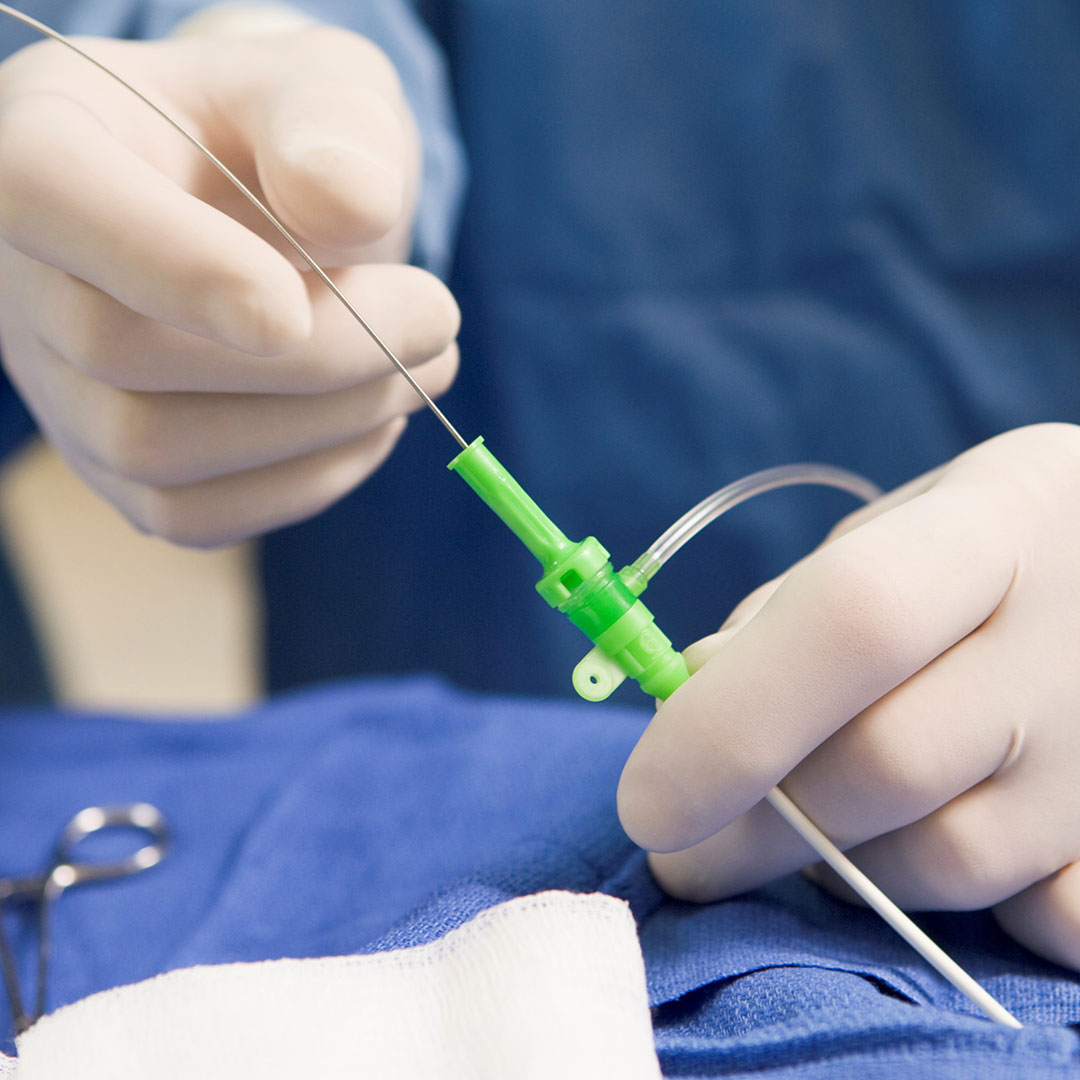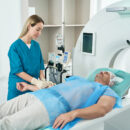What is Angio? How is it done?

Angiography, one of the imaging methods, is used to examine in detail the anatomical structure and features of the vascular system, including the chambers of the heart. While angiography was first used only to diagnose diseases, today angiography is an important part of interventional treatment. When it comes to angiography, the first thing that comes to mind is the examination of the vessels that feed the heart. However, angiography literally means imaging the vessels. In other words, angiography is an imaging method that allows detailed examination of the vessels connected to organs such as the brain, heart and liver. For this reason, when naming angiography in the medical literature, the name of the organ examined is used. For example; The angiography procedure that examines the coronary heart disease that feeds the heart is called coronary angiography, the angiography examination that examines the brain vessels is called cerebral angiography, or the angiography procedure examining the kidney vessels is called renal angiography.
Why is angiography performed?
Angiography is a procedure performed to see if there is any blockage in the vessels. During angiography, aneurysms, expansion or narrowing, and balloons in the vessels can be easily detected. In addition, in some cancer cases, occlusion or displacement of the vessels may occur as a result of the pressure of the tumors on the vessels. In diseases such as heart attack and stroke, detecting the vessel causing the crisis is very important for early intervention. In such cases, angiography reveals the blocked vein and begins treatment. Angiography is not only a procedure used in the diagnosis of diseases. In some cases, interventional treatment methods such as inserting stents into blocked vessels are also applied through angiography.
What is Coronary Angiography?
It is a method used to visualize the arteries that feed the heart muscle. It is a method that determines whether there is any stenosis in the arteries feeding the heart, if so, how many vessels there is stenosis, which vessel is in which region and to what severity, whether the stenosis is due to coagulation or calcification, and what the necessary treatment strategy will be.
How is Coronary Angiography Done?
It is a procedure performed through the groin, arm or wrist under local anesthesia (only regional anesthesia). After local anesthesia, a sheath is placed at the intervention site and contrast material (dyed substance) is injected into the heart vessels through catheters advanced along the arteries and the vessels are visualized. It is a procedure that takes approximately 15 minutes after the patient is taken to the angiography laboratory. After the procedure, the catheter that was inserted at the beginning of the procedure is removed and pressure is applied with a tight bandage, sandbag or special tapes depending on the inserted area. If there is no bleeding, swelling or pain in the intervention area approximately 3 hours after the procedures performed on the wrist and 6 hours after the procedures performed on the groin, the patient is mobilized and discharge is planned. If a stenosis in the arteries requiring a balloon and/or stent is detected during the procedure, the patient and his/her family's approval is obtained, and the necessary intervention is carried out in the same session. In these cases, the patient is usually kept under observation in the hospital for 1 (one) night. If there is a vascular occlusion severe enough to require coronary bypass, the patient is evaluated together with cardiovascular surgery after the angiography procedure is completed. Coronary angiography and cardiac catheterization is a reliable method that can be used to determine the treatment strategy to be applied to the patient in some cases, such as heart valve disease, a hole in the heart, pulmonary hypertension (lung blood pressure), etc.
Dr. Work Arrival
Cardiology Specialist
Contact Us For Appointment:
Telephone Line: 0392 444 3548 (ELIT)
Contact Form: https://www.elitenicosia.com/iletisim/













